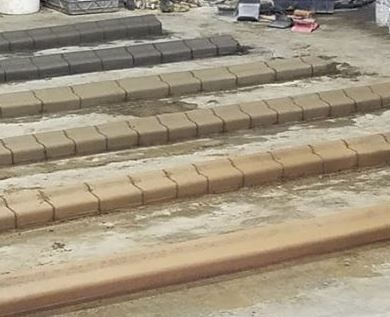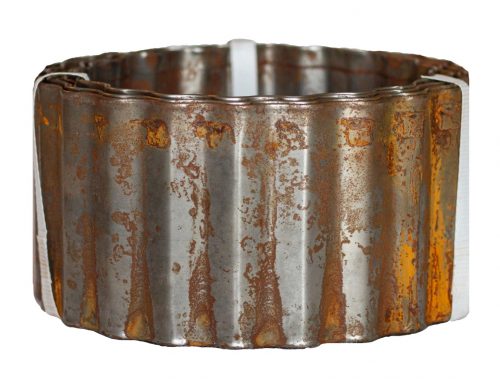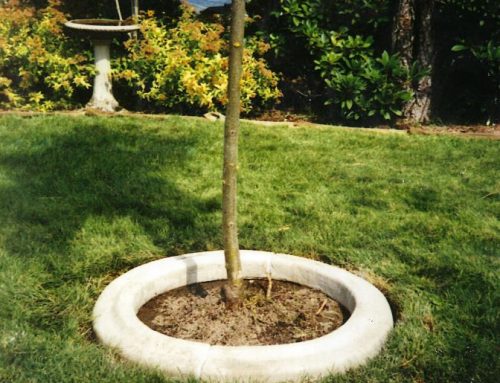
Most complaints stem from the fact that the concrete doesn’t exactly match the manufacturer’s color chart. Despite prominent disclaimers on the charts describing the factors that can affect color, customers still assume their concrete will be a solid, consistent color like a painted wall. This is simply not the case.
Color cannot be accurately assessed on concrete less than 28 days old, especially in cool or damp weather. Consider that plain concrete looks dark greenish-gray when it is fresh, but very light gray when it is cured. Colored concrete changes the same way. Color charts represent month-old cured concrete, not concrete that has been down for only a couple of days or weeks.
Color for concrete is not a dye, stain or paint. They are pigments, either mined from the ground, or most often manufactured in huge chemical plants around the world. They are available in powder, liquid and granular forms, with no one form better than the other. To understand how concrete gets colored, you need only know that iron oxide pigment particles are ten times smaller in size then a particle of cement. When color is added to any cement-based mix, the smaller pigment particles cover the larger cement particle. Therefore, color is dosed based on cement content (sack mix) and nothing else.
Another factor with colored concrete is how gray cement impacts the final color. The color added to the mix needs to overpower the natural gray color of concrete. The color added mixes with the natural gray concrete to form the final color. This explains why all colored concrete that is mixed with gray cement are deeper earth like tones.
Color loading above 2 percent: As a rule of thumb, color loadings below 2 pounds of color per sack are more prone to color variations. The lower the color loading or dosage, the more impact the gray concrete will have on the final color appearance.
It cannot be overlooked that plain concrete has an inherent color — gray. This gray concrete color plays a part in what the final color will be, even when pigments are added. I have often used the analogy of adding milk to a cup of coffee to describe this concept. The milk is the pigment and the coffee is the concrete. By adding the milk, we change the color of the coffee from black to tan, but we never change the color completely to white. The same holds true with pigments used to color concrete. They can change the color of the concrete, but the gray color of the concrete will always impart a color.
The less pigment is used, the more gray shows through. This is why I always promote using color loadings above 2 pounds per sack. The higher pigment loading is more forgiving and tends to hide variations that can be inherent to gray concrete.
Colored concrete will fade over time and can change due to efflorescence, pollution, dirt & traffic. Typically, a good cleaning & sealing will usually bring back the original color.






